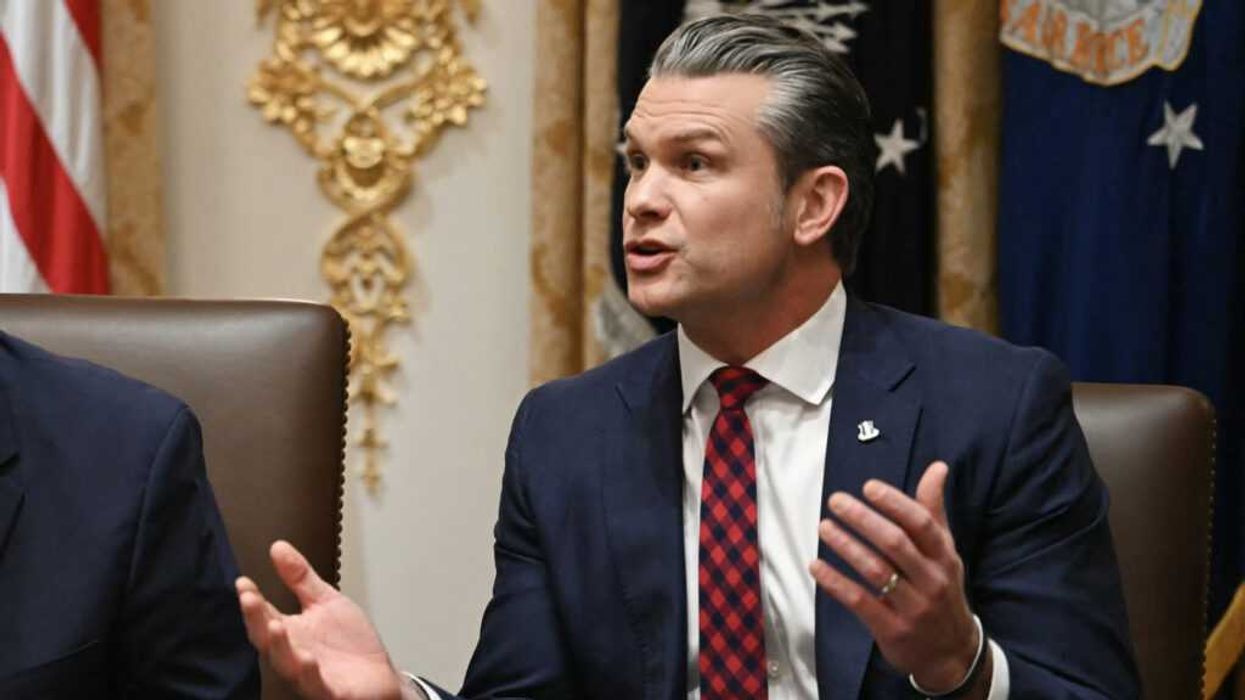Bill Natbony is the Deputy CEO and General Counsel of Edgestream Partners, L.P., a registered investment adviser. He previously was Professor of Law at New York Law School and a Senior Partner at Katten Muchin Rosenman, LLP. Bill specializes in business law, investment management and taxation and is the author of The Lonely Realist, a blog directed at bridging the partisan gap by raising questions and making pointed observations about law, politics, economics, international relations and markets.
The late 20th Century was The Golden Age of News. Larger-than-life newscasters earned the public’s trust and were proven worthy. They successfully policed the activities of governments, businesses, and industries. Walter Cronkite, the anchor for the CBS Evening News, was “the most trusted man in America.” He informed the world and, in doing so, affirmed a common understanding of reality. He distinguished truth from rumor, propaganda and fantasy. His agenda was to report facts. He wasn’t in the entertainment business. He wasn’t seeking elective office. His personal beliefs didn’t intrude on his reporting. His integrity – and the public’s trust in that integrity – established “fact.”
But the Walter Cronkite era is over… as in trust in the media. Mass and social media today provide opiated fodder for the masses, the 21st Century’s substitute for news. With truth no longer attracting the eyeballs necessary to pay reporters’ wages, America’s newsrooms have been eviscerated. The media now are in a race for ratings, providing a platform for influencers to play roles that entertain preferences and prejudices. There no longer are Walter Cronkites that the public trusts to distinguish truth from “truthiness.”
Truthiness is the term coined by Stephen Colbert that means “the belief or assertion that a particular statement is true based on the intuition or perceptions of some individual or individuals without regard to evidence, logic, intellectual examination or facts.” Colbert said: “It used to be [that] everyone was entitled to their own opinion, but not their own facts. But that’s not the case anymore. Facts matter not at all.” Truthiness is an expression of ingrained beliefs. Fact-checking takes effort. It can be expensive. And it all-too-often leads to audience rejection. Truthiness is safer. It drives emotions and reaffirms entrenched beliefs…, whether real or fantasized.
The dictionary defines a “fact” as “a thing that is known or proven to be true,” something that is verifiable. However, the sources used for verification are often partisan organs… or imaginary. How are audiences able to distinguish reality from opinion when what they see and hear is presented as “fact”? For those prone to believe what their media champions say, objectivity is a myth, “reality” is a fluid concept, the scientific method is an elite fiction, and fact-finding depends on media choice.
“Reality,” in the words of Philip K. Dick, nevertheless “is that which, when you stop believing in it, doesn’t go away.” It may be labor-intensive to fact-find, but doing so is not an exercise in relativity. Historically, those who chose not to sign onto reality were committed to an asylum. No longer. Today they vote. They find common cause through social media connections.
This sad state of affairs was summed up by UN Secretary General Antonio Guterres: “Truth is threatened by disinformation and hate speech seeking to blur the lines between fact and fiction, between science and conspiracy” with a colleague adding that social media is “proving fertile ground for those who sow disinformation, hate speech and conspiracy theories…. Our current path is leading us away from informed public debate… towards even more polarization.”
Media exercises enormous influence over the public. They are the purveyors of “perceived realities” and accordingly are the focus of those who seek to manipulate the public’s understanding of reality. The result in America has been an explosion in shared belief validation shorn of fact-finding, a sundering of a shared reality. The purpose of news has changed from reporting to reinforcing audience views…, an intentional slide down the slope of partisanship and truthiness.
Examples abound. Republican-leaning media skewer Bidenomics: “Big spending ‘Bidenomics’ kicked off the highest inflation in four decades, leaving American families paying more for everything”; “In Joe Biden’s economy, Americans are worse off financially”; “Joe Biden’s energy policies continue to make it more expensive for Americans to fill up their cars and to heat and cool their homes.” The headlines are grabbers and speak truth… at a level. Democratic-leaning media espouse an opposing view: “Under Bidenomics, unemployment is down to 3.6 percent, and the economy is still adding jobs.” “Inflation is cooling, now down to 3 percent.” “Home prices have held steady, despite high interest rates.” “And the stock market is up more than 15 percent already this year.” The pro-Biden statistics also are accurate, but tell only a partial story. Neither side of the partisan circus is speaking “truth, the whole truth, and nothing but the truth,” which, after all, is what “the news” ought to be doing.
“News” reporting is “the dissemination of facts that create a common reality and reconcile truth from falsity.” If truth were the media’s currency, an accurate headline might read something like this: : “Big spending and lower tax collection by the Federal government over the last 20+ years coupled with lax Federal Reserve policies produced the highest inflation in four decades, leaving Americans paying more for everything. Biden Administration subsidies for COVID relief and incentives for semiconductor and green energy production were the sparks that ignited America’s recent bout of inflation.”
What should Americans believe? Those who prefer Republican media outlets believe Republican headlines: things are bad and getting worse. Those who favor Democratic media rely on statistics showing that the economy will continue to improve. It’s therefore not surprising that a recent University of Michigan survey found that Democrats expect 2.4 percent inflation in 2024 while Republicans believe that inflation in 2024 will be 4.9 percent – quite a difference! When it comes to energy policy, a Pew Research survey found that 90 percent of Democrat-leaning voters support carbon-neutrality by 2050, while 53 percent of Republican-leaning voters oppose taking the steps necessary to do so. Is climate change a major threat to America? 78 percent of Democrats think so, with only 23 percent of Republicans agreeing – another huge gap!
Politicians are in the business of partisanship. Their versions of reality are intended to divide the public and attract votes. That is not the same as reality. Popular media outlets today are organs of partisan politics, irrevocably infected by truthiness. Today, unfortunately, truth is a commodity in all-too-short supply. Where, then, are Americans to find the purveyors of truth? Where do you find the truth?



















